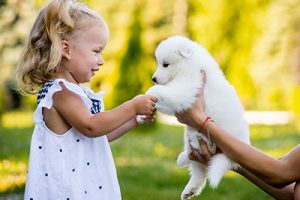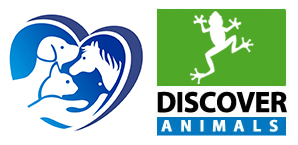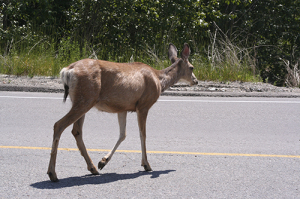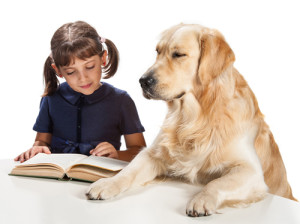NAIA is home to some of the top animal health, husbandry, welfare and performance experts in the United States. As experts, we view it as our responsibility to challenge popular, but incorrect information about animals that is presented by the media or stakeholder groups, including the many animal rights fundraising groups who dominate the conversation in popular culture today.
False notions are difficult to counter. Because of their appeal to our empathy, intuition, or personal prejudice, they are easily accepted as true and made part of a larger worldview. And with modern media, they can catch fire, spreading far and wide within seconds.
So how do most people determine the veracity of what they are hearing? In the absence of contrary evidence and critical thinking, they don’t.
But at NAIA when we recognize that so-called “designer dogs” are being hyped as genetically healthier than pure-bred dogs without supporting evidence, we don’t turn to our neighbor, hairdresser, astrologer, or Oprah, but to the leading experts for additional information to put the subject in perspective. We reach out to top breeders, veterinarians, animal geneticists, and trainers – people with subject matter knowledge gained through formal education and hands-on experience – to see what they have to say.

- Shelter Project Kitty is thankful vegan cat food has yet to catch on
Once investigated, it often becomes clear that the story isn’t complete at all – and it always ends up being more nuanced and complex than an email forward or Facebook feed. In the end, we may not prove any particular point, but that’s okay. Our goal is simply to provide better sources of information than we started with, information that lays the foundation for improved policies and practices.
This is what we do. In the end, you may not like our conclusions, but whenever an animal issue is clouded by hype or propaganda – be it views on animal husbandry, pet overpopulation, conformation policies, shelter dynamics, or contentious practices – you can be sure we will seek out the experts before setting our own policies.
If you’re not yet familiar with us yet, please check out our website, and if you like what you see, please support our efforts. We’re here for you and need your help to fulfill our mission!
 Animal Welfare, Education, Human-Animal Bond
Animal Welfare, Education, Human-Animal Bond  No Comments
No Comments 




